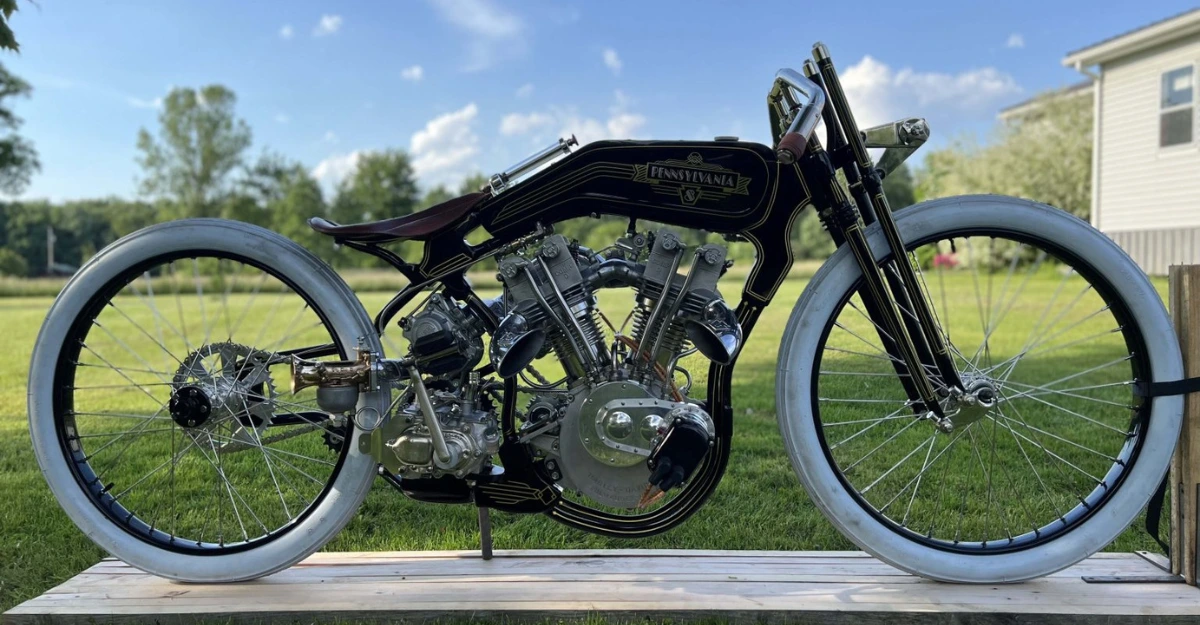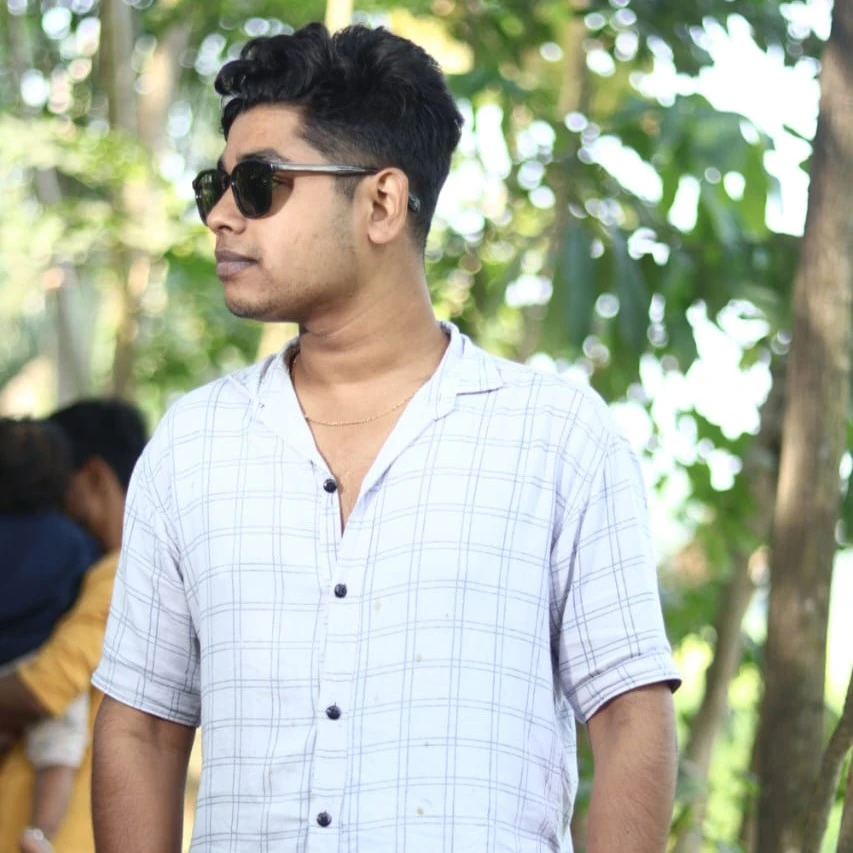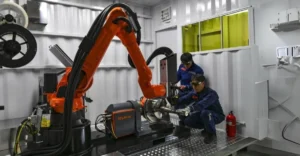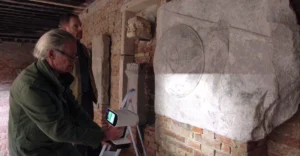Competition Distributing adopts metal 3D printing to reproduce rare vintage motorcycle parts for global collectors and enthusiasts.
Pennsylvania firm breathes new life into century-old motorcycles using advanced metal printing technology.
Competition Distributing LLC, a Pennsylvania-based manufacturer, has begun using metal 3D printing to reproduce rare parts for antique motorcycles, paving the way for collectors and enthusiasts to restore pre-1930s Harley-Davidson and Indian motorcycles.

The company installed a Farsoon Technologies FS200M-2 dual-laser metal 3D printing system in October 2024 to meet increasing demand and overcome the scarcity of critical components for vintage motorcycles.
“Some of these bikes are over 100 years old and too valuable to ride even if museums let you take them out,” said Sean Jackson, Head of Operations. “We want to make them accessible to the average enthusiast who wants to build, ride, and experience early motorcycles like they did 100 years ago.”
Previously outsourcing their metal printing needs, Competition Distributing decided to bring the technology in-house after recognizing its significant advantages over conventional manufacturing methods. The laser powder bed fusion (LPBF) technology has allowed them to deliver high-quality parts in days rather than the months required by traditional mold-making and foundry methods.
The FS200M system has been in near-constant operation since its installation, producing rare entities such as frame components and cast elements that are near-impossible to source or replicate. This includes one particularly neat project, a cylinder head styled after a 1928 Rudge Cycle Co. design, printed in aluminum alloy AlSi10Mg.
The company mostly prints 316 stainless steel for structural elements, although it’s getting ready to work with aluminum, 17-4 stainless steel, and titanium to accommodate a wider variety of restorations.

It took a bit of a learning curve to implement the technology, with Jackson saying, “It took about three to four weeks straight of printing to really dial in our process. Adapting it wasn’t easy, since many vintage components lack symmetry or internal supports common in today’s designs.
Technical support from Farsoon has been essential to the successful integration, with Jackson specifically crediting two technicians for their responsiveness during the initial period.
Read more : ATO Presents ULTRA FREQUENCY SYSTEM at RAPID + TCT 2025
At Farsoon’s booth at Detroit’s Rapid + TCT 2025, the Competition Distributing team showcased a restored vintage motorcycle using 3D printed parts, which discussed how additive manufacturing plays a role in preserving automotive history.
































